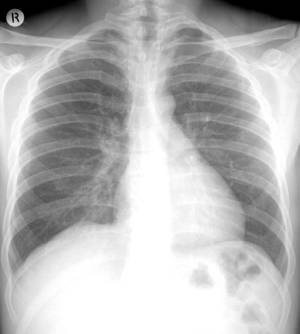Free Online Training Modules in Occupational Hygiene
 The Occupational Hygiene Training Association (OHTA), has created a new website, www.OHLearning.com, where free course materials for international occupational hygiene training modules are posted. Find training materials, learn about occupational hygiene, or develop your existing skillset.
The Occupational Hygiene Training Association (OHTA), has created a new website, www.OHLearning.com, where free course materials for international occupational hygiene training modules are posted. Find training materials, learn about occupational hygiene, or develop your existing skillset.
Modules currently available include:
- Noise
- Asbestos
- Measurement of Hazardous Substances
- Health Effects of Hazardous Substances
- Control of Hazardous Environments
- Thermal Environments
- Ergonomics
- Basic Principles of Occupational Hygiene
According to the website, OHTA mission is as follows:
OHTA was formed to promote better standards of occupational hygiene practice throughout the world. We develop training materials and make them freely available for use by students and training providers. We also promote an international qualifications framework so that all hygienists are trained to a consistent, high standard, recognized in all participating countries.


 The mortality benefits of restricting the use of asbestos should begin to appear after 2010, when deaths from malignant mesothelioma are expected to peak, according to a report from the CDC.
The mortality benefits of restricting the use of asbestos should begin to appear after 2010, when deaths from malignant mesothelioma are expected to peak, according to a report from the CDC.